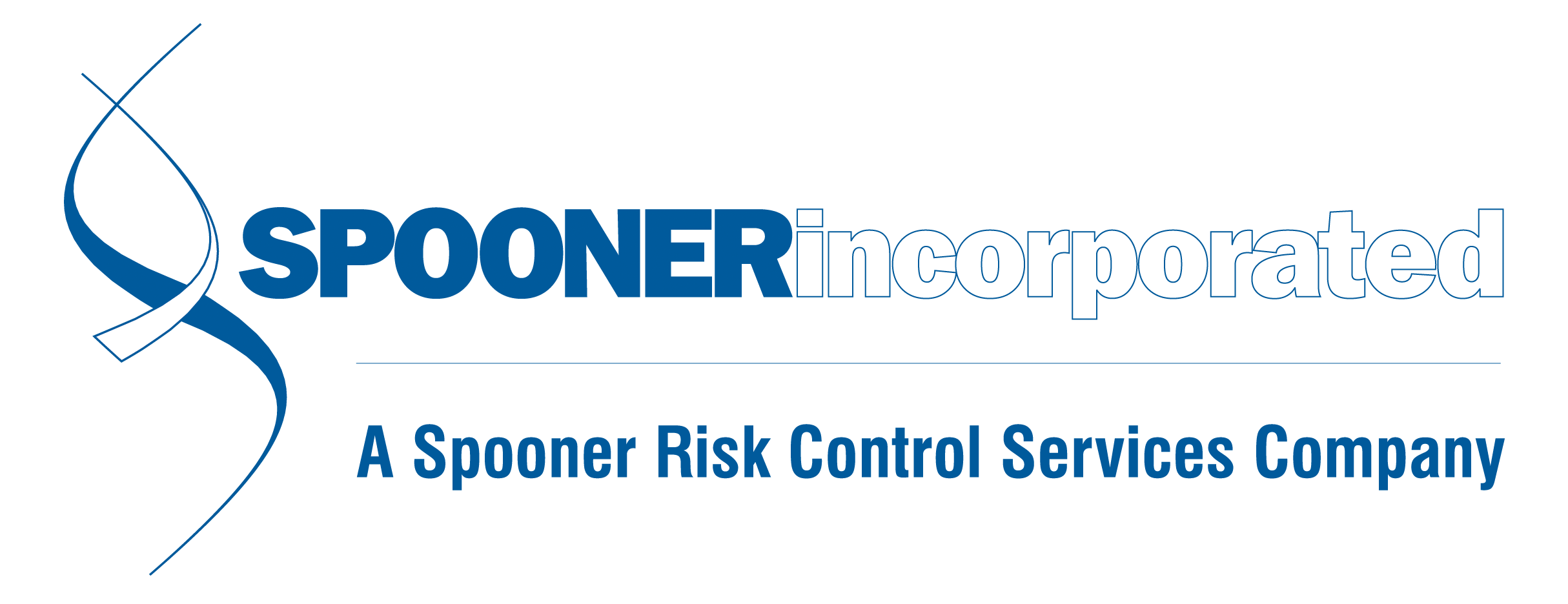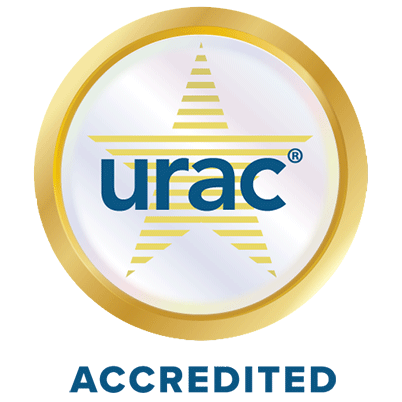More OSHA Updates: New Administration, New Standards, HCS Updates and More
New Administration
Former member of the Biden-Harris transition team Douglas L. Parker is the Nominee for Assistant Secretary for Occupational Safety and Health, Department of Labor
He currently serves as chief of California’s Division of Occupational Safety and Health (Cal/OSHA), a position he has held since 2019. Prior to his appointment to Cal/OSHA, Parker was executive director of Worksafe, an Oakland, California-based legal services provider.
Workplace safety enforcement will be more aggressive and robust under an OSHA governed by the Biden administration, and Parker will be tasked with overseeing those enforcement efforts. Employers should prepare for these more aggressive policies by ensuring that their safety and health programs are compliant with rules that are still in place and govern American workplaces. Employers should work to identify and eliminate workplace safety hazards.
The new administration has made it clear they intend to double the number of OSHA investigators to enforce the law and existing standards and guidelines. “It will likely take around 18 months for new inspectors to be trained and begin conducting inspections. Once those new compliance officers are in the field, employers can expect more OSHA inspectors knocking on their doors.”1
Secretary of Labor Sworn In
Marty J. Walsh was sworn in as the nation’s 29th Secretary of Labor on March 23, and immediately shared a public message about his commitment to America’s workforce.2
New Standards Possible for Heat-Related Illnesses and Violence in the Workplace for Healthcare
Chairman Robert C. Scott joined Reps. Judy Chu, Raúl M. Grijalva and Alma Adams to introduce legislation to ensure the safety and health of workers who are exposed to dangerous heat conditions in the workplace. The Asunción Valdivia Heat Illness and Fatality Prevention Act is named in honor of Asunción Valdivia who died in 2004 after picking grapes for ten hours straight in 105-degree temperatures.
The Asunción Valdivia Heat Illness and Fatality Prevention Act will protect workers against occupational exposure to excessive heat by:
• Requiring the Occupational Safety and Health Administration (OSHA) to establish an enforceable standard to protect workers in high-heat environments with measures like paid breaks in cool spaces, access to water, limitations on time exposed to heat, and emergency response for workers with heat-related illness; and
• Directing employers to provide training for their employees on the risk factors that can lead to heat illness, and guidance on the proper procedures for responding to symptoms.3
Biden Administration strongly supports passage of H.R. 1195, which would require OSHA to issue workplace violence standard for healthcare workers within a year. If you work in healthcare you have most likely heard about a potential standard for years as this has been an ongoing conversation. 4
OSHA extends comment period for proposed rule to update hazard communication standard
The U.S. Department of Labor's Occupational Safety and Health Administration has extended the comment period for the proposed rule to update the agency's Hazard Communication Standard (HCS) to May 19, 2021. OSHA extended the comment period by 30 days to allow stakeholders additional time to review the proposed rule and collect information and data necessary for comment.
OSHA expects the HCS update will increase worker protections, and reduce the incidence of chemical-related occupational illnesses and injuries by further improving the information on the labels and Safety Data Sheets for hazardous chemicals. Proposed modifications will also address issues since implementation of the 2012 standard, and improve alignment with other federal agencies and Canada.5
Citations
BUNNELL, FL – Falls are among the most fatal hazards construction workers face. A recent inspection of a Bunnell residential work site showed a framing and sheathing contractor failed to protect their employees from falls.
As part of its Regional Emphasis Program for Falls in Construction, the U.S. Department of Labor’s Occupational Safety and Health Administration cited P & S Service Group Inc. for repeat violations for failing to ensure employees used a fall protection system while working from heights greater than 6 feet. OSHA cited the company for a similar violation in October 2017. The company faces $61,575 in penalties.
“This employer has repeatedly disregarded the safety of their employees despite previous OSHA violations,” said OSHA Area Director Michelle Gonzalez in Jacksonville, Florida. “Employers must ensure that workers are protected from these well-known hazards.”
OSHA’s Fall Protection in Construction booklet provides information on federal fall prevention requirements, including conventional fall protection systems, restraints and training. The Fall Protection webpage offers extensive reference materials to help employers and workers recognize and prevent fall hazards.
https://www.osha.gov/news/newsreleases/region4/04082021
BOSTON – The owner of a Lynn, Massachusetts, tax preparation service faces $136,532 in penalties for prohibiting her employees and customers from wearing masks, failing to ensure employees and customers practiced social distancing, and refusing to implement other safeguards against the coronavirus.
The U.S. Department of Labor’s Occupational Safety and Health Administration cited Ariana Murrell-Rosario – doing business as Liberty Tax Service – for willfully failing to develop and implement measures to prevent the spread of the coronavirus.
OSHA opened its March 17, 2021, inspection following a referral from the Division of Labor Standards of the Commonwealth of Massachusetts Executive Office of Labor and Workforce Development. OSHA found that Murrell-Rosario and Liberty Tax Services:
Prohibited employees and customers from wearing face coverings in the workplace despite a statewide mask order that mandated the business to require employees and customers to wear masks.
Required employees to work within 6 feet of each other and customers for multiple hours while not wearing face coverings.
Failed to provide adequate means of ventilation at the workplace.
Failed to implement controls such as physical barriers, pre-shift screening of employees, enhanced cleaning and other methods to reduce the potential for person-to-person transmission of the virus.
1. https://www.forbes.com/sites/edwardsegal/2021/04/12/what-bidens-nomination-of-doug-parker-to-head-osha-means-for-business-leaders/?sh=2ee357d37d00
2. https://www.osha.gov/quicktakes/04012021
3. https://edlabor.house.gov/media/press-releases/house-senate-leaders-introduce-heat-stress-legislation-to-protect-farm-workers#:~:text=The%20Asunci%C3%B3n%20Valdivia%20Heat%20Illness%20and%20Fatality%20Prevention%20Act%20will,exposure%20to%20excessive%20heat%20by%3A&text=Directing%20employers%20to%20provide%20training,procedures%20for%20responding%20to%20symptoms.
4. https://www.congress.gov/bill/117th-congress/house-bill/1195/text
This is about the workplace violence standard for healthcare
5. https://www.osha.gov/news/newsreleases/trade/04132021#:~:text=OSHA%20Trade%20Release&text=WASHINGTON%2C%20DC%20%E2%80%93%20The%20U.S.%20Department,)%20to%20May%2019%2C%202021.
Citations reposted from OSHA.gov


